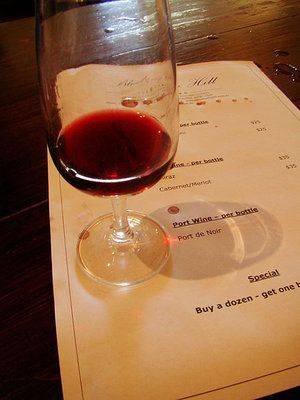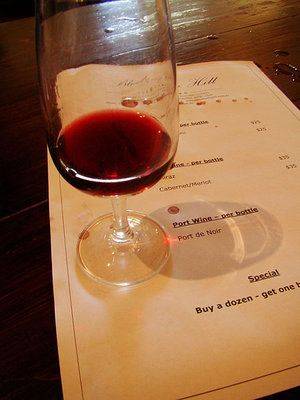 If you are like me, you probably just came off of a week eating way too much delicious, comforting food. Perhaps you even made the dishes yourself. Unless you are a raw-food vegan, your meal was produced via a number of chemical reactions characterized hundreds of years ago. In fact, the whole field of molecular gastronomy has recently emerged as a way of combining science, food, and art in order to produce beautiful and unusual foods. However, you don’t need to be a molecular gastronomist to use science in your cooking; you do it every day. Here are some of the most common chemistry experiments you performed for your Thanksgiving (and potentially upcoming holiday) meal.
If you are like me, you probably just came off of a week eating way too much delicious, comforting food. Perhaps you even made the dishes yourself. Unless you are a raw-food vegan, your meal was produced via a number of chemical reactions characterized hundreds of years ago. In fact, the whole field of molecular gastronomy has recently emerged as a way of combining science, food, and art in order to produce beautiful and unusual foods. However, you don’t need to be a molecular gastronomist to use science in your cooking; you do it every day. Here are some of the most common chemistry experiments you performed for your Thanksgiving (and potentially upcoming holiday) meal.
Warm toasty bread basket; juicy brown turkey; stuffing; your winter tan: Let’s face it, bread just tastes better toasted. Psychologically it has that wonderful crunchy quality, and you might have noticed it tastes sweeter. This is due to a chemical process called the Maillard reaction. The Maillard reaction is named after Louis Camille Maillard, a French chemist working in the early 1900s, and actually refers to a series of reactions. While trying to create new proteins, he discovered changes in the molecular structure of sugars when foods were elevated to high temperatures. 40 years later, a chemist named John Hodge working for USDA living nearby in Peoria was able to actually characterize the mechanism by which these changes occur. Amino acids and sugars interact to form complex end results in differing aromas, textures, and flavors. The most noticeable side products are brown pigments known as melanoidins. This is the brown crunch on your toast, the sear marks on your steak, the brown color of beers, and, of course, your perfectly cooked turkey. On a less appetizing note, this reaction is also what makes self-tanners work (but is NOT related to why you tan in the sun). If it browns when you heat it up, it’s probably a Maillard reaction. Unless we’re talking about…
Onion soup; caramelized potatoes/carrots/parsnips: Maybe you started your dinner with one of my favorites, a French onion soup with delicious caramelized onions. While onions turn brown during caramelization, this is actually a different process than the Maillard reaction. Caramelization is produced via a process known as pyrolysis (pyro- fire; lysis- separating), wherein high heat causes water to evaporate from the sugar (sucrose) and results in its decomposition into fructose and glucose, which then interact with each other. This releases delicious volatile chemicals responsible for the signature “caramel” tastes. While the chemical process is different, it is almost impossible to distinguish caramelization from the Maillard reaction just by looking at/tasting the final product. This process also produces caramel, of course.
A glass (or two) of dessert wine: We here at Carrot and Stickle are fond of writing about the fermentation process, and have posted before on the creation of beer and wine. I’m going to add one more nugget: why some wines are so sweet. As with all fruits, grapes produce a number of sugars; indeed, the fermentation of these sugars into alcohol is what makes wine possible. However, not all sugars are capable of fermentation. The sugars that are left behind – arabinos, rhamnos, and xylose – as well as any remaining glucose and fructose are known fittingly as residual sugars. One way to determine how sweet a wine will be is to look at the % R.S. given on the bottle; the higher the percent, the sweeter the wine. Additionally, in wines, fructose is nearly twice as sweet as glucose. Most wine grapes have equal amounts of glucose and fructose present when they are harvested. However, if the grape is allowed to over-ripen, it will often produce an excess of fructose (this is why late-harvest wines are so sweet). During the fermentation process, glucose is fermented first, followed by fructose. An additional way to create a sweet dessert wine other than allowing for over-ripening is to stop the fermentation process when all the glucose is used up, but the fructose is still remaining. Somewhat counter intuitively, adding sugar during the winemaking process does not increase the sweetness of wine, but instead increases alcohol content. This is because sugar is the food yeast uses to produce alcohol.
If you are interested in putting any of these delicious chemicals into your mouth, there are many wonderful places to do so here in Champaign-Urbana. Just head over the Food + Drink section and choose your favorite.








